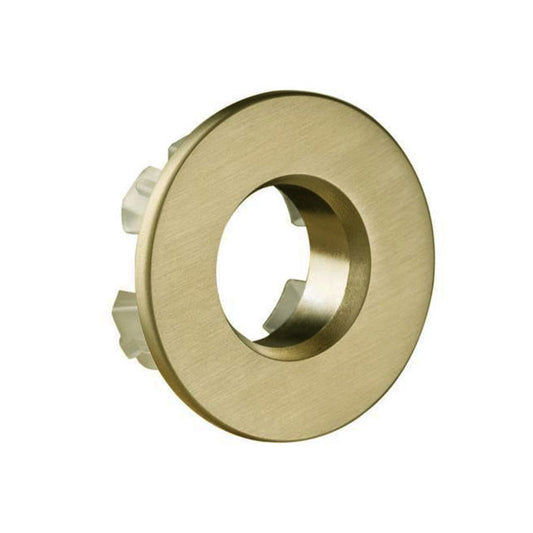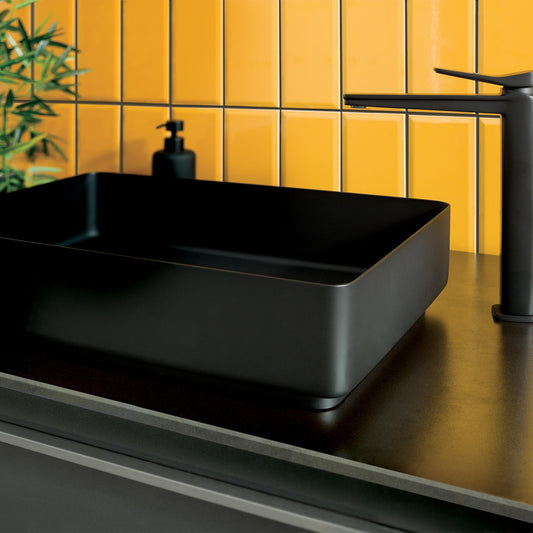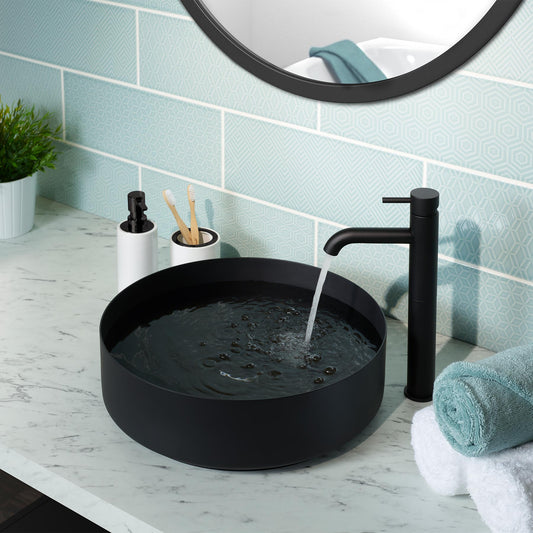Bathroom Basin vs. Kitchen Basin: What's the Difference
Table Of Contents:
-
Introduction
-
Purpose and Usage
-
Size and Dimensions
-
Shape and Configuration
-
Mounting Options
-
Materials and Durability
-
Faucet Compatibility
-
Accessories and Features
-
Style and Aesthetics
-
Maintenance and Cleaning
-
Cost Considerations
-
Conclusion
Introduction
Basins, integral components of both bathrooms and kitchens, perform essential functions that extend far beyond mere water containment. Although they share similarities, bathroom and kitchen basins are tailored with specific purposes and considerations at their core.
This guide dives deep into the differences between the two, shedding light on functionality, style, and practicality to aid in your decision-making process.
Purpose and Usage
The fundamental distinction between bathroom and kitchen basins is rooted in their purpose and usage.
Bathroom basins, are designed primarily for personal hygiene tasks, such as handwashing and face washing, necessitating a certain design to accommodate these activities comfortably.
Kitchen basins, contrastingly, are geared towards food preparation, dishwashing, and other cleaning tasks, requiring a larger and more robust design to handle such varied uses efficiently.

Size and Dimensions
The size and dimensions of basins significantly influence their suitability for either bathroom or kitchen use.
Bathroom basins are crafted to be smaller and more compact, allowing them to fit into the often-limited spaces of bathrooms seamlessly.
Kitchen basins, however, are built larger and deeper, providing ample space for washing large pots, pans, and for handling multiple tasks simultaneously, reflecting the dynamic nature of kitchen activities.
Shape and Configuration

Exploring the shape and configuration highlights further distinctions.
Bathroom basins typically adopt circular or oval shapes with a single drain, optimized for quick and efficient hand and face washing.
Kitchen basins, however, offer a wider variety of shapes, including rectangular and square, and configurations such as double basins, tailored to the multifaceted requirements of kitchen duties.
Mounting Options
The choice of mounting options is pivotal in basin selection, affecting both functionality and aesthetics.
Bathroom basins often embrace a vanity or countertop mount, enhancing the room's visual appeal.
Kitchen basins, conversely, present a broader spectrum of mounting styles including undermount, drop-in, and farmhouse, each bringing its unique advantages and fitting into different kitchen designs and functionalities.
Materials and Durability
Material choice is crucial, with bathroom and kitchen basins diverging in their preferences to suit their respective uses.
Bathroom basins frequently utilize porcelain or glass, focusing on elegance and visual appeal.
Kitchen basins lean towards materials like stainless steel, cast iron, and composites, chosen for their durability and ability to withstand rigorous use.
Faucet Compatibility
Faucet compatibility is another essential consideration, with bathroom and kitchen basins requiring different types of faucets to match their specific functions.
Bathroom basins are compatible with single-handle or widespread faucets, featuring smaller spouts suitable for their hygiene-focused tasks.
Kitchen basins, however, necessitate faucets with taller spouts and functionalities like pull-down sprayers, accommodating a broader range of kitchen activities.
Accessories and Features
Accessories and features further differentiate bathroom and kitchen basins.
Bathroom basins might include elements like overflow drains and decorative designs, enhancing their aesthetic appeal.
Kitchen basins, on the other hand, are often accompanied by practical accessories such as cutting boards, strainers, and dish racks, boosting their utility.
Style and Aesthetics

While both basin types offer a range of styles, bathroom basins place a greater emphasis on aesthetics, presenting an array of shapes, colors, and textures to complement the bathroom decor.
Kitchen basins, while diverse in style, prioritize functionality and durability, often adopting a more utilitarian approach to design.
Maintenance and Cleaning
Maintenance and cleaning practices vary between bathroom and kitchen basins due to their differing uses.
Bathroom basins require regular cleaning to preserve their appearance, focusing on removing soap scum and water spots.
Kitchen basins demand more rigorous cleaning routines to eliminate food residues and maintain hygiene, ensuring a clean and safe environment for food preparation.
Cost Considerations
Cost plays a significant role in selecting basins, encompassing initial purchase, installation, and long-term maintenance expenses.
While bathroom basins can range widely in price based on design and material, kitchen basins often represent a larger investment due to their size and the complexity of their features and materials.
To explore our extensive collection of basins and find the perfect option to suit your needs and budget, we invite you to browse through our selection
Conclusion
Recognizing the differences between bathroom and kitchen basins is crucial for making informed choices in home design or renovation projects.
Each type of basin is optimized for its specific role within the home, with variations in size, shape, materials, and features tailored to either personal hygiene or kitchen tasks.
By understanding these distinctions, homeowners can choose basins that not only meet their practical needs but also enhance the aesthetic and functional quality of their spaces.

































